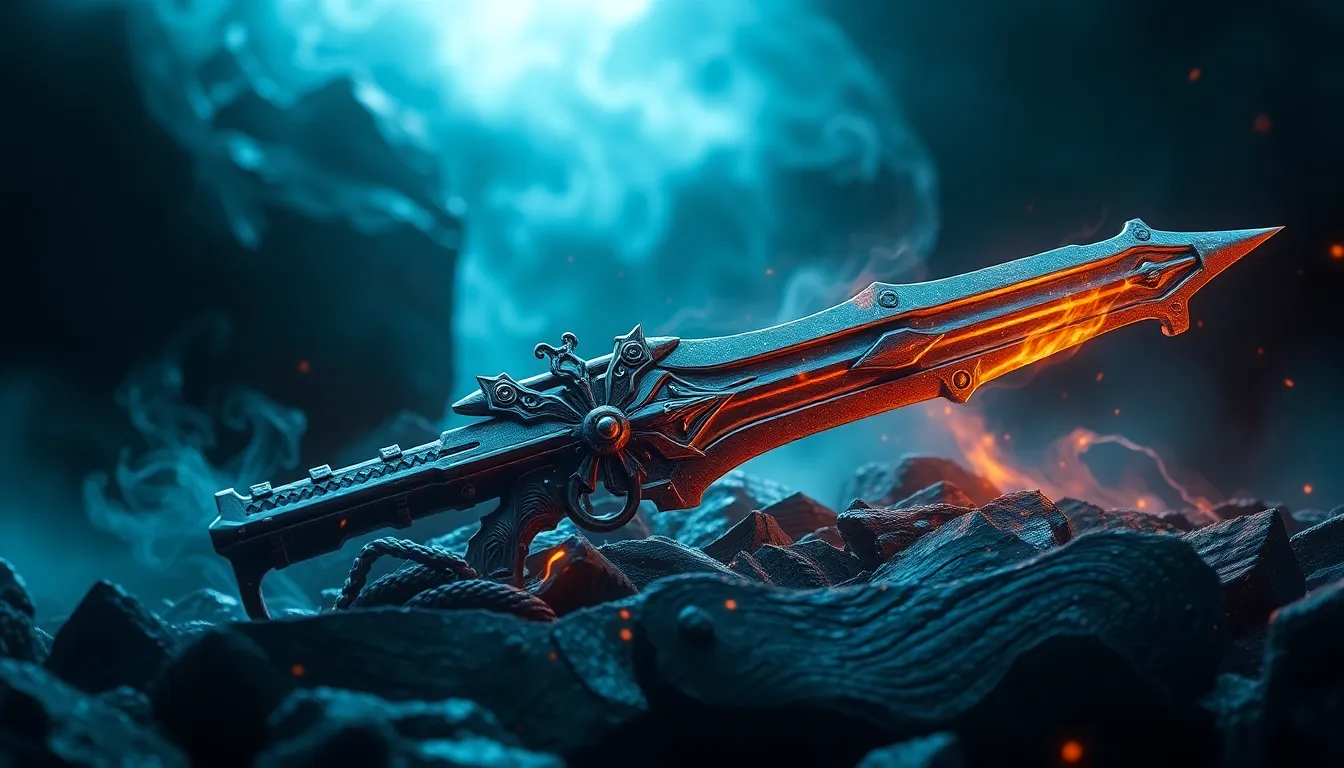The Power of Cultural Hero Myths in Shaping Values
I. Introduction
Cultural hero myths are narrative frameworks that depict extraordinary individuals who embody the values and ideals of their societies. These myths often feature protagonists who embark on a journey, face challenges, and ultimately emerge transformed. Hero myths play a crucial role in various cultures, serving as a means of storytelling that imparts moral lessons and societal values.
The importance of hero myths extends beyond entertainment; they act as cultural touchstones that reflect and reinforce the values of a community. This article aims to explore how these myths shape societal values, influence individual identity, and inspire social change.
II. The Historical Context of Hero Myths
Hero myths have their origins in ancient civilizations, where they were used to explain natural phenomena, cultural practices, and historical events. From the epic tales of Gilgamesh in Mesopotamia to the legendary feats of Hercules in Greek mythology, hero myths have evolved through different cultural epochs, adapting to the values and challenges of their times.
A comparative analysis of hero myths across cultures reveals both unique elements and common threads. For instance:
- Gilgamesh: Represents the quest for immortality and the understanding of human limitations.
- Hercules: Embodies strength, courage, and the struggle against inner demons.
- King Arthur: Symbolizes noble leadership and the quest for justice.
III. Core Elements of Hero Myths
The core elements of hero myths often include specific characteristics that define heroes and the common themes that resonate throughout these narratives. Key characteristics of heroes typically include:
- Bravery and courage
- Selflessness and sacrifice
- Wisdom and intelligence
- Resilience in the face of adversity
Common themes in hero myths include sacrifice, courage, and redemption. These themes illustrate the moral complexities of heroism and the societal conflicts that shape hero narratives. The role of antagonists in these stories often serves to highlight the hero’s journey and the values they embody.
IV. The Psychological Impact of Hero Myths
Hero myths significantly influence individual identity and self-perception. They provide models of behavior and frameworks for understanding personal struggles. For many, identifying with a hero can foster a sense of belonging and purpose, particularly in challenging times.
Hero myths also serve as coping mechanisms for societal challenges. They allow individuals to navigate personal struggles by offering narratives of resilience and hope. The identification with heroic figures can instill a sense of strength and encourage individuals to overcome obstacles.
V. Hero Myths and Moral Values
Hero myths convey moral lessons and ethical standards that resonate across generations. They often explore the relationship between hero narratives and cultural norms, demonstrating how societies define right and wrong. For example:
- Spider-Man: Teaches the principle that with great power comes great responsibility.
- Harry Potter: Illustrates the importance of friendship, bravery, and the fight against prejudice.
These case studies highlight how specific myths encapsulate moral implications that guide behavior and societal expectations.
VI. The Role of Modern Media in Reinventing Hero Myths
In contemporary society, the adaptation of traditional hero myths through various media—such as films, literature, and television—has redefined our understanding of heroism. Modern technology and social media platforms have further expanded the reach of these narratives, making them accessible to a global audience.
The emergence of new heroes in popular culture, including superheroes and activists, reflects shifting societal values and challenges. Heroes like Black Panther and Malala Yousafzai serve as contemporary embodiments of cultural ideals, inspiring new generations to engage with social justice and equality.
VII. Hero Myths and Social Change
Hero myths have the power to inspire movements for social justice and equality. They can serve as rallying points for marginalized groups and motivate collective action. Historical figures like Nelson Mandela and Malala Yousafzai are prime examples of real-world heroes whose narratives embody cultural values and inspire change.
The role of mythical figures in shaping political ideologies illustrates how hero myths can influence governance and societal structures. These narratives often provide a framework for understanding complex issues and galvanizing support for social movements.
VIII. Critiques of Hero Myths
While hero myths can inspire and teach valuable lessons, they are not without critique. There is potential for these myths to reinforce stereotypes and biases, often idealizing flawed figures without acknowledging their complexities. The danger lies in the glorification of individual narratives at the expense of collective struggles.
Alternative perspectives on heroism emphasize the importance of community and collaboration over individual accolades. Recognizing the contributions of collective efforts can provide a more nuanced understanding of what it means to be a hero.
IX. The Future of Hero Myths in a Globalized World
As the world becomes increasingly interconnected, the blending of cultural hero myths is inevitable. This globalization presents opportunities for new narratives to emerge, fostering a richer tapestry of heroism that reflects diverse cultural values. The challenge lies in balancing the celebration of individual heroes with the recognition of collective efforts.
In conclusion, cultural hero myths hold immense power in shaping societal values, influencing individual identities, and inspiring social change. As we continue to navigate the complexities of modern life, understanding and embracing these narratives can provide guidance and hope for future generations.



